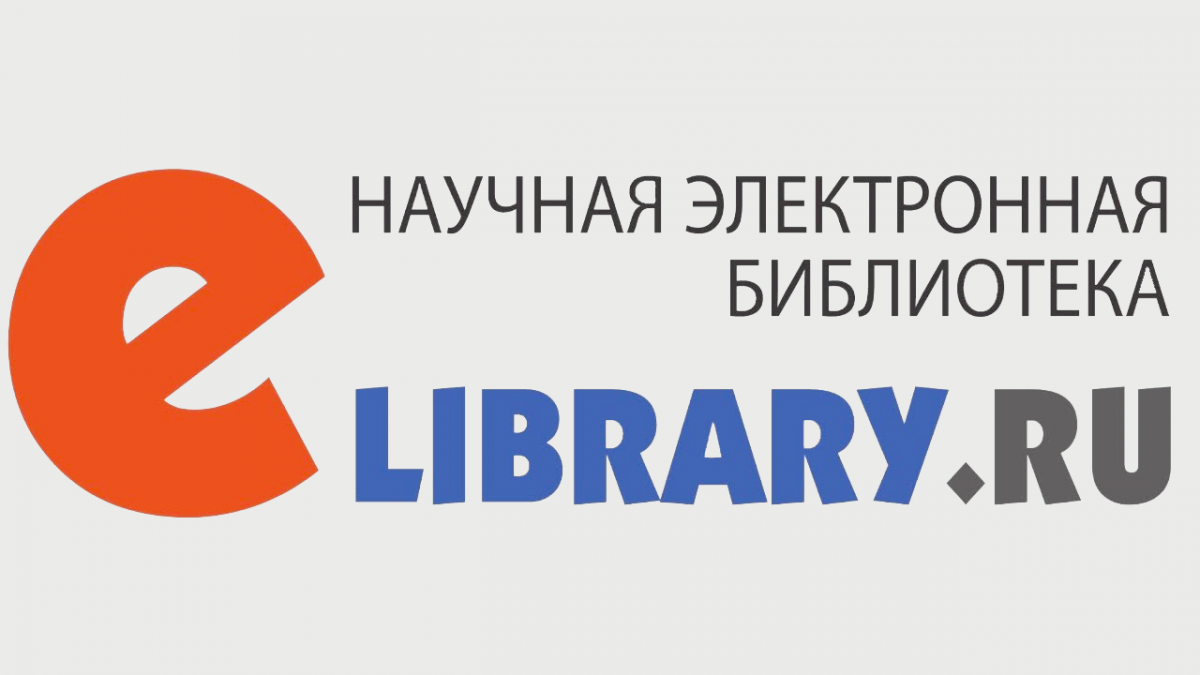Taekwondo as a socio-cultural system
Фотографии:
ˑ:
Master's student E. Rumyantseva1
Dr.Hab., PhD A.A. Peredelsky1
1Russian State University of Physical Education, Sport, Youth and Tourism (GTSOLIFK), Moscow
The study was designed to provide theoretical grounds for the taekwondo sport promotion and growing popularity in the modern Russia, with the local sport versions showing a trend to modify the genuine Korean national socio-cultural system. The system viability gives the reasons to speak about a “taekwondo environment” that is supported and cultivated by a variety of intentional actions discussed herein. This sport viability is virtually not affected by the ongoing globalization in the international sports on the whole and the Russian socio-cultural environment in particular that cause only superficial effects on the modern competitive taekwondo. We believe that the taekwondo culture, when accepted by other nations including Russia, tends to absorb the relevant local social and cultural specifics. They are never totally rejected by the taekwondo environment and normally are modified and, in their turn, cause some minor effects on taekwondo evolving with time to the taekwondo-specific socio-cultural factors –specific for one or another nation of the modern increasingly globalised world.
Keywords: taekwondo environment, taekwondo doctrine, sport discipline status and requirements.
References
- Peredelskiy A.A. Problema izmeneniya tekhnologii podgotovki vysokokvalifitsirovannykh sportsmenov-tkhekvondistov v usloviyakh kommertsializatsii sportivnogo kalendarya [Problem of changes to training technology in elite taekwondo within commercialization of sports calendar]. Teoriya i praktika prikladnykh i ekstremalnykh vidov sporta, 2014, no. 4 (33).
- Peredelskiy A.A. FIGHTING MOTION – psikhofizicheskaya sistema boevogo dvizheniya dlya vas i vashey semi [FIGHTING MOTION - psycho-physical combat movement system for you and your family]. Lichnost. Kultura. Obschestvo, 2016, vol. XVIII, no. 3–4, no. 91–92, pp. 151-161.




 Журнал "THEORY AND PRACTICE
Журнал "THEORY AND PRACTICE